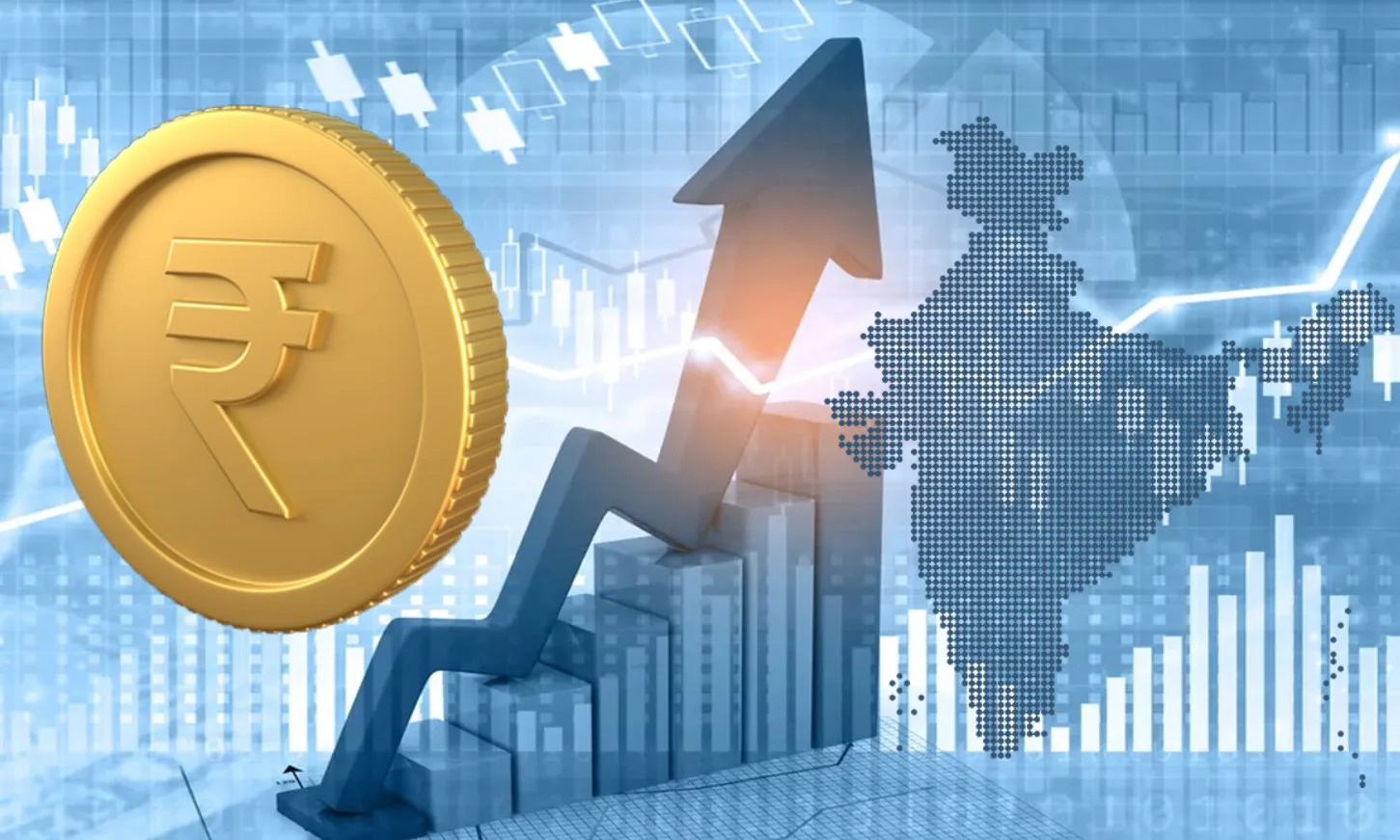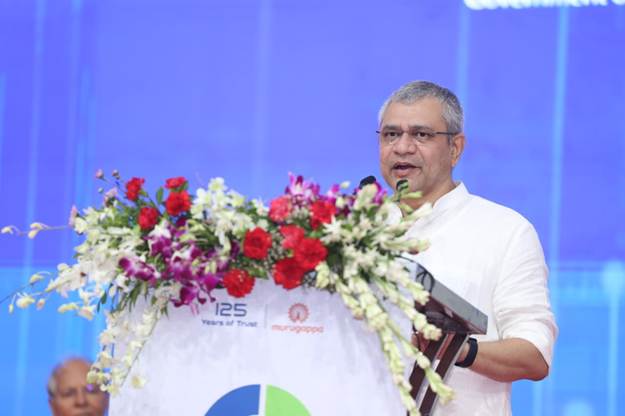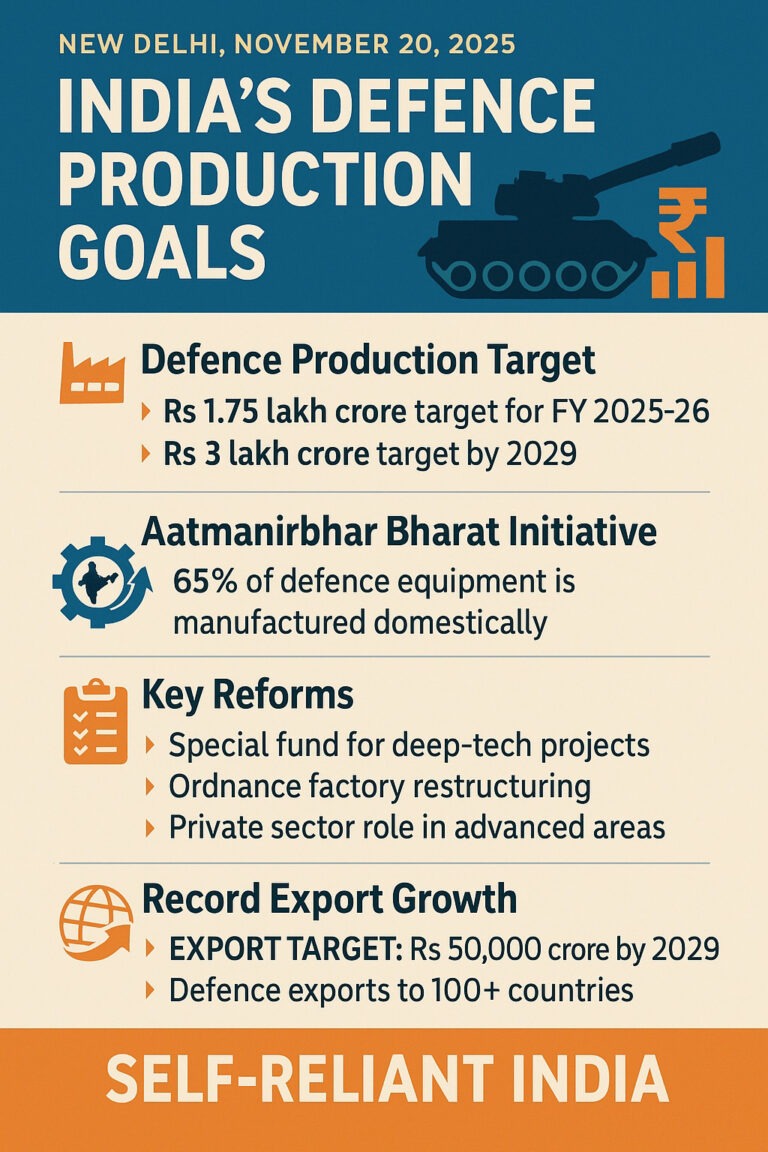
The Asian Development Bank (ADB) has released its latest economic outlook. The bank now expects the Indian economy to grow at 6.5 per cent in the current fiscal year (FY26). This marks a revision from its initial higher projection of 7 per cent.
The revision comes despite a strong start to the year. India’s Gross Domestic Product (GDP) grew robustly at 7.8 per cent in the first quarter of FY26. Improved consumption and strong government spending fueled this initial growth.
US Tariffs Create Export Headwinds
The ADB warns that new US tariffs will reduce India’s overall growth prospects. The US recently implemented a steep 50 per cent tariff on shipments from India. This action will particularly affect the second half of FY26. It will also reduce growth potential in FY27.
The reduction in exports directly impacts India’s GDP. As the tariffs take effect, net exports will subtract from growth. This impact will be greater than the ADB’s previous forecast in April. However, resilient domestic demand will soften the blow. Continued robust services exports, which the tariffs do not directly target, will also provide a cushion. India’s relatively low share of exports in its total GDP limits the overall economic damage. Increased exports to other countries will further mitigate the effect.
Fiscal Deficit and Monetary Policy
The ADB also forecasts a higher fiscal deficit for the current year. The deficit is likely to exceed the budgeted 4.4 per cent of GDP. Reduced tax revenue growth is the main reason. Cuts to the Goods and Services Tax (GST), not included in the original budget, contribute to the shortfall. The ADB assumes the government will maintain its current spending levels. Despite this, the deficit will remain below the 4.7 per cent of GDP recorded in FY25.
The current account deficit will widen slightly. It is projected to reach 0.9 per cent in FY26. It will remain moderate. Import growth should be muted. This is due to lower global Brent crude oil prices. However, lower net capital inflows are also likely. Global economic uncertainties affect these inflows.
Inflation and RBI Action
The latest Asian Development Outlook (ADO) lowers the inflation forecast for the current year. ADB now expects inflation at 3.1 per cent. Food prices declined more quickly than the bank initially expected. Core inflation should remain stable, close to 4 per cent in FY26.
The Reserve Bank of India (RBI) has actively responded to easing inflation. Consumer inflation had dropped to 2.4 per cent in the first four months of FY26. This moderation prompted the RBI to cut policy rates significantly. The Monetary Policy Committee (MPC) cut the repo rate multiple times. They reduced the rate by 25 basis points in February and April. They announced another 50-basis-point cut in June. This action lowered the repo rate to 5.5 per cent. The RBI also reduced the cash reserve ratio to boost bank liquidity. These policy actions aim to support economic growth.





